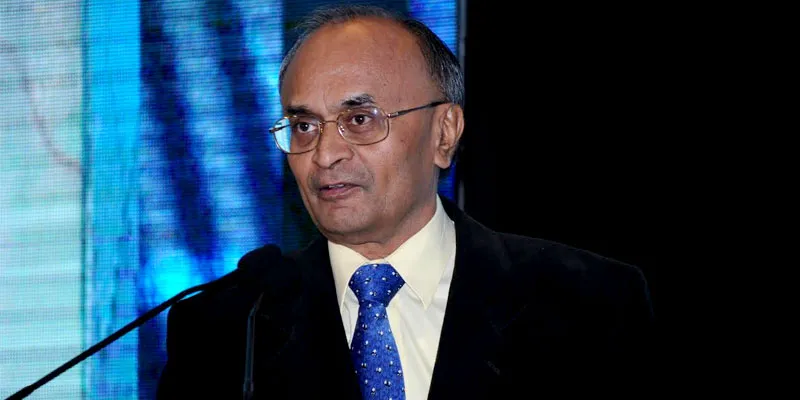Deftronics 2016, a big opportunity for startups in Aerospace and Defence industry
Remember the Freedom 251 con act? Pretending to ride the ‘Make in India’ lion, a number of ‘enterprising’ individuals have attempted to pull the wool over the eyes of gullible customers.

A few months ago, a dubious company announced that it was selling the world’s cheapest smartphone Freedom 251 that was made in India. As expected, the company attracted a lot of publicity but was later declared to be a fraud. While there were many who fell for this particular and two other similar con jobs, the question to ask is, is it really possible to make the world’s cheapest smartphone out of India?
India’s disability factor
Just consider these facts. There are close to 225 important components (we are talking about only the crucial ones) that go into a mobile phone. Unless we make the majority of them, we cannot manufacture a 100 percent Made in India smartphone.
The reason why it is cheaper to import mobile phones (especially from China) is because, under the Information Technology Agreement that India signed in 1999, India can import a mobile phone with zero basic customs duty. On the other hand, if manufacturers were to import only the components, the basic customs duty would be very high.

Terming this the ‘disability factor’, M N Vidyashankar, President of India Electronic and Semiconductor Association (IESA), said that to compensate for this disability factor a lot of measures have been taken by the government in the 2016 Budget. “It will take some time, but in another few years it should be possible to see local manufactured phones,” he added.
Vidyashankar was speaking to YourStory on the eve of the annual Deftronics event scheduled from Aug 4 to 5 in Bengaluru. In its efforts to grow the Electronics System Design & Manufacturing (ESDM) industry, IESA with Nasscom have come together under the Deftronics umbrella to provide a boost to the Aerospace & Defence (A&D) sectors.
Covering the three verticals of Aerospace, Defence, and Internal Security, the event aims to showcase opportunities in these sectors and how small and medium businesses and even startups can make the most of it.
“We have a strong participation from the government and government agencies like HAL and ISRO. For the first time, we will be giving out Defence Awards, and a tech showcase by startups,” he said.
Electronics is a capital and time intensive sector. “It is not like software where overnight I can come up with an app from my garage,” Vidyashankar noted. It takes at least two years to come out with a prototype. However, in China, the gap between idea and prototype is just 15 days. “That’s because they have the entire supply chain and ecosystem in place,” he added. Compare that to India, where only 10 percent of value addition happens on any given electronic product, if at all.
“That’s why Deftronics is a great opportunity for manufacturers and businesses to understand what’s in store in these sectors,” Vidyashankar said, adding, “According to some market surveys, it is predicted that the import of electronics will overtake oil imports in the next two to three years. You can imagine what the status will be. We are struggling with an import bill of $25 billion every year, and if electronics import is going to overtake oil import, it will be a difficult scenario.”
Huge opportunity for startups
In the Defence and Internal Security area as well, there’s a gold mine of opportunities sitting for Indian startups. Consider this market size. The total Defence budget is Rs 2.64 lakh crore, and the total input bill out of this is Rs 90,000 crore. And of this, Rs 45,000 crore is the electronics component.
“We should make use of the opportunity available under Make in India to ensure that local manufacturing picks up,” said Vidhyashankar, referring to the large electronics market size. IESA is working with more than 150 startups across all the three verticals – Aerospace, Defence, and Internal Security.
According to Vidyashankar, there is a big thrust from the Ministry of Defence to ensure as much local sourcing as possible so that we can reduce the import component in the Defence import bill.
Established in 2004, IESA is a 270-member body, but a nascent one when compared to MAIT and Nasscom. But according to Vidyashankar, the future lies in the semiconductor and electronics sectors. “Software can grow up to a certain level. It can grow only if electronics grows, that is why we have an MoU with Nasscom to focus on some sectors which will help products and services companies to take an opportunity in the semiconductor and electronics space to grow,” he added.
The recommendations of the Defence Electronics and System Design Policy will be announced by IESA-Nasscom at the event. The report will highlight the current sector-wise industry capability of the Indian Aerospace and Defence (A&D) industry.
For the first time, Deftronics will honour companies and personalities for their outstanding contributions in the field. The different categories for nominations are: Dr APJ Abdul Kalam Lifetime Achievement Award, Best Embedded Product Design and/or Services company in A&D (Indian and multinational), Best electronics manufacturing company in A& D (Indian and multinational), and Promising A&D startups of the year.







